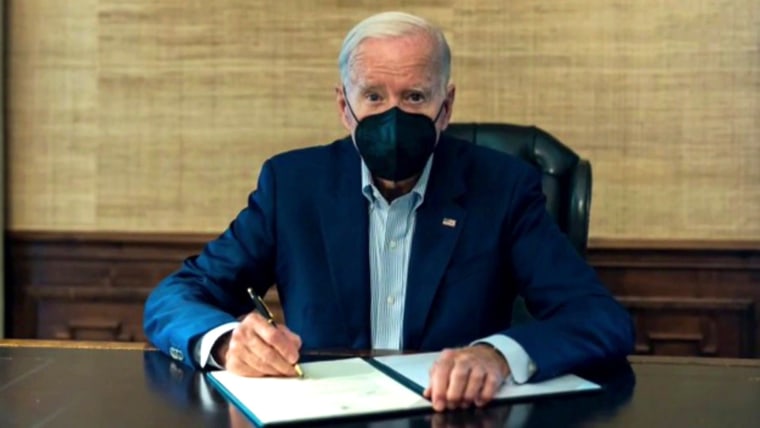Symptoms can recur even in people who have not taken Paxlovid

Around a third of people with Covid will experience a rebound of their symptoms, regardless of whether they’ve been treated with the antiviral Paxlovid, according to a study posted online Tuesday.
The preprint study — meaning it hasn’t been published in a peer-reviewed journal — found that 27% of people with Covid saw a rebound in their symptoms after they had initially improved.
“It happens all the time. People who are untreated with Covid who then feel better can get symptoms afterward,” said study co-author Dr. Davey Smith, chief of infectious diseases and global public health at the University of California, San Diego School of Medicine. Still, Smith noted that the 27% finding was higher than what he’d expected based on anecdotal evidence.
The study also found that 12% of people with Covid had a “viral rebound,” meaning they tested positive again several days after testing negative. This has been documented among people who have taken Paxlovid and is referred to as Paxlovid rebound, but the study found that viral rebound occurred regardless of whether a person had taken the antiviral treatment.
Anyone who has had Covid could see a return of symptoms after they’ve initially gone away, and those symptoms could be worse or not as bad as the first bout, Smith said. “It’s just the variability in the natural course of the infection.”
The Centers for Disease Control and Prevention has acknowledged the possibility of symptom recurrence in untreated Covid patients. When the agency in May issued a health alert informing physicians about Paxlovid rebounds, it also said that “a brief return of symptoms may be part of the natural history of SARS-CoV-2 (the virus that causes COVID-19) infection in some persons, independent of treatment with Paxlovid and regardless of vaccination status.”
The phenomenon of waxing and waning symptoms is not unique to Covid.
“In some ways, that’s the natural history of all respiratory viral infections,” said Dr. Paul Sax, clinical director of the division of infectious diseases at Brigham and Women’s Hospital in Boston. “There are good days and bad days, and then they eventually get better.”
Paxlovid rebounds, in particular, have received a lot of attention in recent weeks, with both President Joe Biden and his chief medical advisor Dr. Anthony Fauci testing positive several days after taking the antiviral.
In Pfizer’s clinical trial on the drug, 1% to 2% of people taking Paxlovid tested positive for the coronavirus after testing negative. In a fact sheet for doctors prescribing Paxlovid, the drugmaker noted that this also occurred at similar rates among the placebo group.
But even if a person has taken Paxlovid, it’s still hard to say whether their rebound is explicitly caused by the drug.
“It could be that what would have happened without Paxlovid is that they would still have tested positive in these late days, but they wouldn’t have had the intervening negative test. … This could be just a slight disturbance in what the natural history of the illness was for them,” Sax said.
Smith agreed: “Symptoms fluctuate, and viral antigen in the nose fluctuates, and they fluctuate with and without Paxlovid.”
Dr. Albert Ko, an epidemiologist at the Yale School of Public Health, said that regardless of rebound symptoms, the message is clear: Paxlovid is working.
“Paxlovid is doing what it’s supposed to do: prevent us from getting life-threatening Covid,” Ko said. “Even though these rebounds are happening, it’s preventing the severe outcomes.”



